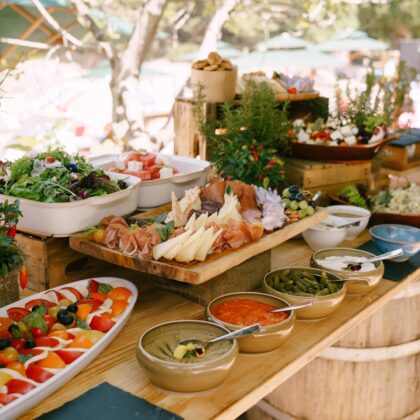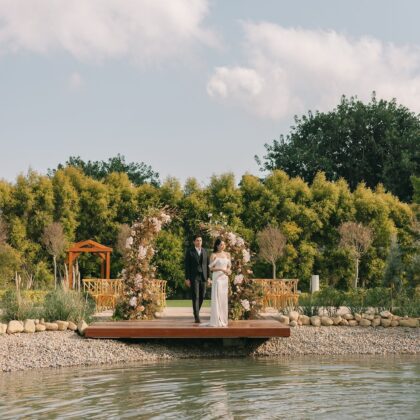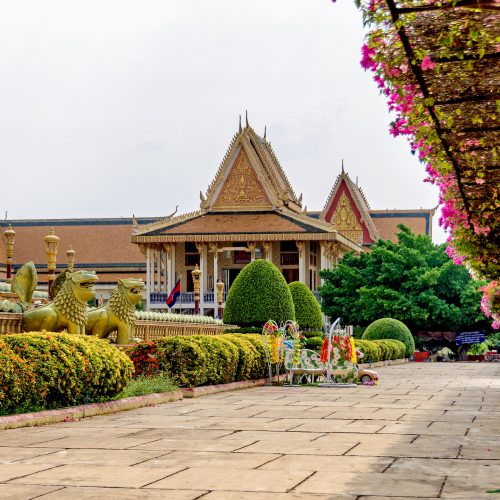Looking to experience a Vipassana Meditation course? We outline what to expect during the journey, plus a daily diary breakdown of the 10 days.
Vipassanā or vipaśyanā, in the Buddhist tradition, is viewed as “insight into the true nature of reality”. The technique of Vipassana Meditation is taught through residential courses, which take students through the method and practice in order to experience the beneficial (and transformational!) results. There are absolutely no charges for the courses – not even for food or accommodation as all expenses are met by donations from people who, having completed a course, wish to give others the opportunity to also benefit. There are centres all over the world (including Hong Kong) and the 10-day courses offer an introductory stage to Vipassana Meditation, with the technique taught through a gradual step-by-step process.
The initial interest:
Having spent a good amount of years (6-7, on and off) attempting to entrench myself in the practice of transcendental meditation, I never really felt like I was truly reaping any benefits, and frankly, I still couldn’t tell whether I was ‘going deep’ in my sessions, or simply falling asleep. As Vipassana began to come up more often in conversations, my curiosity grew. When I found myself in a period of transition in between work, I felt there could be no better time than the present, and so I signed up. Had I been asked to take 10 days of vacation for it, I may not have been so willing initially. However, knowing what I do now about the practice, I will definitely consider taking vacation days for repeat courses in the future.
The final and important reason I was interested in Vipassana was my health. Having suffered from severe IBS and other autoimmune issues over the past few years, I’ve been on a never-ending quest for a long-term, sustainable solution. I’ll never forget what one Ayurvedic specialist said after just 5 minutes of speaking to me – “You strike me as someone who is very focused on achieving things. Try to focus less on doing and more on just being.” I remember being incredibly struck by her words, as I couldn’t understand what such a ludicrous suggestion had to do with my health. The very thought of doing nothing was already generating anxiety. But as time went on, I couldn’t ignore the possibility of truth behind her advice. So, with the intention of finding a way to incorporate ‘more being’ in my life, I embarked on my 10-day journey of Vipassana. As there is also no cost for the student involved (the intention is to keep Vipassana as pure as possible), the amount of perceived risk and investment was low for what I believed would be very high returns. I was not proven wrong.
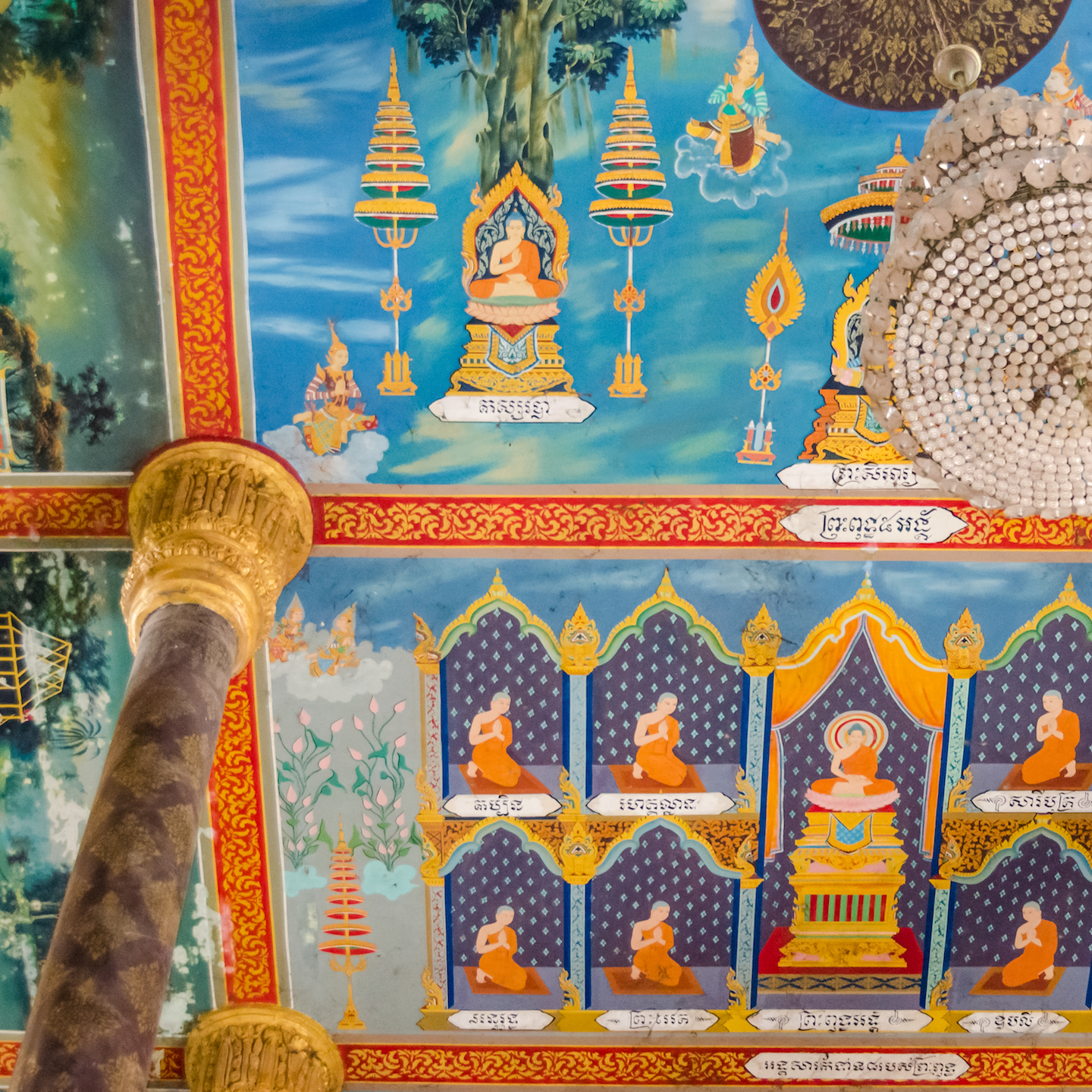
Vipassana offers a way out of our subconscious cycles. Literally translated it means “to see things as they really are – the ultimate truth”.
The Basic Premise of Vipassana
Vipassana operates on the universal fact that the only thing standing in our way of experiencing total happiness in our lives, is ourselves. Decades can pass us by without us realising that we’re trapped in the same beliefs, habits, and thought patterns that ultimately don’t serve us. We may feel that no matter what we do it’s still not enough, and this can lead to intense levels of judgement, shame, and anxiety, as well as a constant restlessness and dissatisfaction with life. These feelings are often perpetuated by that constant commentary running in our heads. Usually it’s so busy telling us whether what’s happening in the moment should be deemed good or bad and what we should be doing next, that we lose the chance to actually experience the moment completely.
The issue with this begins as missing out on life’s moments, but grows into a subconscious conditioning. Events that don’t align with our expectations are quickly judged as negative and we seek to distance ourselves from it, and any event that does align, we fear won’t last or won’t be enough. Either way, by continuing to attach ourselves to these preferences, we store the fear reactions in our bodies, causing us to flare up at similar triggers in the future and trapping ourselves in an endless cycle of pain and powerlessness.
This reality is something that can’t be intellectualised, but only experienced first-hand.
Vipassana offers a way out of our subconscious cycles. Literally translated it means “to see things as they really are – the ultimate truth”, and to do this flies in the face of our conditioned reactions. The way it works to release you is by encouraging you to experiencing the reality of “the self”, as it exists moment to moment, without any judgement. This reality is something that can’t be intellectualised, but only experienced first-hand. We may understand theoretically that everything is constantly changing, but with Vipassana you experience this ephemerality through the framework of your own body.
The first step is awareness. We train ourselves to move past the solid, apparent reality that we are so accustomed to and towards the subtlest realities within our mind and body. The goal is to feel every particle of the body, every process of the mind, in a state of constant flux, and to realise that there is no real ‘I’, no real permanent self. With this heightened sense of awareness, we can peer into the depths of our unconscious minds. And through a process of maintaining equanimity, we remove the psychological damage that has built up over the years. By mindfully experiencing the sensations in your body without grasping or resisting, we undo the habitual patterns of reactivity that keep our body, heart and mind bound. Vipassana teaches that the ability to maintain a balanced mind no matter what happens in life is ultimately the key to liberation, or “nirvana”.
What does a Vipassana course involve?
The Vipassana technique is taught through a 10-day retreat – isolating yourself from the world, separating yourself from the opposite sex, refraining from consuming any meat or alcohol, and undergoing a noble silence.
The schedule is as follows:
4:00am: Wake up
4:30 – 6:30am: Meditation
6:30 – 8:00am: Breakfast and Rest
8:00 – 11:00am: Meditation
11:00 am – 1:00pm: Lunch
1:00 – 5:00pm: Meditation
5:00 – 6:00pm: Tea
6:00 – 7:00pm: Meditation
7:00 – 8:00pm: Discourse (video recordings of lectures from the teacher, S.N. Goenka)
8:00 – 9:00pm: Meditation
9:30pm: Lights out
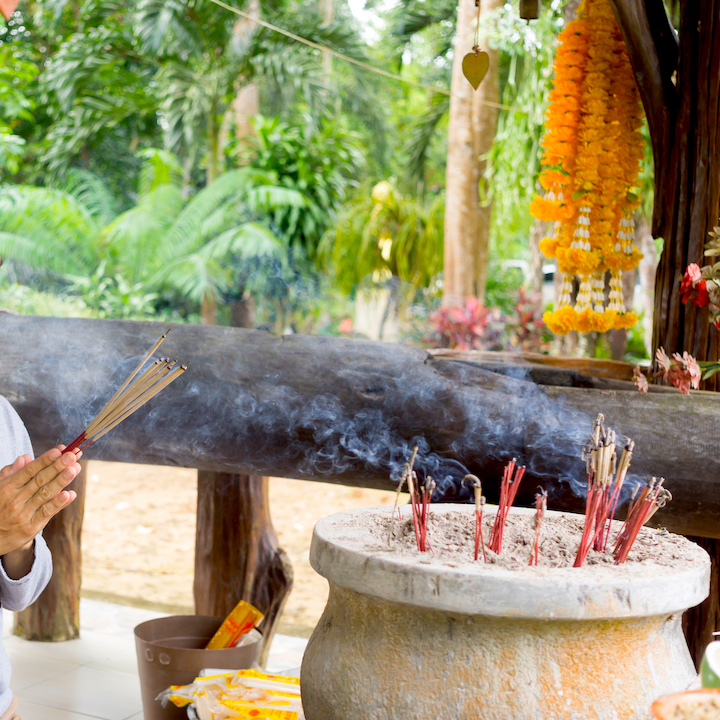
As I continued questioning my purpose, I found myself simultaneously responding, “of course it’s going to be hard, genius…”
The 10 Day Rundown
If you’re looking to learn more about the day-to-day happenings during a Vipassana retreat, here’s my daily breakdown.
Day 1: As we settled into our new home for the next ten days, I felt an even mix of nervousness and excitement. As someone very new to notions of spirituality, I had never been put in a situation as isolated as this before, and I was looking forward to seeing how I would cope with the discipline required from such a rigorous schedule. “Mental resilience” I kept telling myself, that was what I was here to gain, and despite the numerous very grave warnings that there was no turning back now (students are not allowed to leave the site before the ten days are up), I felt certain I would be fine. After all, how hard can just sitting around and focusing on my breath be?
Days 2-3: Turns out, pretty hard. Day 2 was probably one of the hardest days out of the 10. With the excitement of the first day fully worn off, my back and legs were starting to realize just what I had gotten myself into. With more than a full week left to go and 11 hours of meditation per day, the light on the other end was looking dim. I was spending most of my meditation sessions either in deep thought or dozing off. 10 days felt like they would never end. Luckily, the food on-site was great and treating myself to crackers with lashings of peanut butter or condensed milk somehow got me through my darkest hours.
Days 4-5: With Day 4 came fresh anticipation as we were told that this was Vipassana day – we were finally learning the technique we had come for. Everything we had been doing until then was called Anapana and its purpose was to sharpen our mental faculties and heighten our awareness so that we could plunge deeper and deeper into the recesses of our mind and body. I just hoped it would keep me awake during meditation, and so I embraced the new technique with open arms.
Day 6: They say that days 2 and 6 are usually the worst, and that couldn’t have been more accurate for me. With the shiny novelty of Vipassana day well behind me, I spent most of this day fuming with anger and frustration. Anger at myself for putting myself in such a ridiculous situation, in the middle of nowhere in Malaysia, being bitten alive and holed up in a dark room for hours on end attempting to observe sensations in my body that I just wasn’t feeling. I was losing my sense of purpose and was feeling lost, lonely, and exhausted.
Fortunately, an early evening shower did the trick. As I continued questioning my purpose, I found myself simultaneously responding, “of course it’s going to be hard, genius, they don’t call it grit for nothing. Besides you’re here to learn EQUANIMITY (i.e. neutrality) – and that means not getting frustrated when things don’t go just the way you want it. Just observe, accept and move on.” The voice was right, I was here for a reason, and I’d bloody well make it work for me. So, with renewed determination I skipped to my evening meditations, ready to get my head back in the game.
Day 7: By now I was starting to get pretty confident with the Vipassana technique. This is also the day when I had my first taste of experiencing ‘bhanga’, which is the sensation you feel when your entire body dissolves into a flood of vibrations. It was a huge turning point for me, as I realized with great humility the truth about my ‘self’ – that none of it is solid, and that nothing actually exists in any permanent way. As the realization dawned on me, I started to feel a greater sense of interconnectedness with those I saw around me. If we were all just a bunch of vibrating atomic particles spinning about in space, then the issues that seem to matter so much on the surface are actually completely irrelevant. And just like that, the ancient teachings of Buddha started to unfold.
Day 8: As my awareness grew stronger and stronger, I started to be able to pierce deep into my body, exploring the sensations within my organs. It got to the point where I could was mentally feeling the movement of my lungs, tracing the folds of my intestines, sensing the liquid dripping down my spinal cord. My curiosity went wild as I almost felt like a wizard, picking spots on my body and penetrating deep within my muscle and tissue to observe the sensations. A friend who I spoke to just before I left on the retreat said that she often felt like she was high during the retreat – this couldn’t have been more accurate.
Day 9: I continued to explore the sensations in my body and I started noticing a strong force of energy that was swirling somewhere within my head. Instead of systematically surveying my body part by part as we were “supposed” to do, I started to follow that felt force and could sense it moving around through different parts of my face. At some point, the force actually began to move my body without my control, at first almost imperceptibly and then quite emphatically. I would feel it move in different patterns, sometimes in circles side to side, sometimes in swooping figure 8’s, and sometimes even pulling me gently down to the ground ahead of me. Suffice to say – I was thoroughly freaked out. It got to a point where I would have to break my meditations mid-way, pull my legs up to my chest and cradle them back and forth, hoping the sensations would just go away. The sky-splitting thunder from the storm outside didn’t help either, as I wondered how I was ever going to explain potentially being possessed to my very Christian mother.
Thankfully I got a chance to speak to the teacher about the issue. “It may seem really intense, but it’s still just a sensation,” she said calmly, ‘I’ve seen people jumping up and shaking before, so you’re not the only one, don’t worry. It just means you have some particularly deep issues that you’re getting rid of. Remember, everything is impermanent. Maintain equanimity.” It may not have been the scientific explanation I was looking for, but it helped, and with that I continued back to my sessions.
Day 10: Having passed through the eye of the storm, it felt like dawn had finally come. We had reached the light at the end of the tunnel, and on the 10th day we were allowed to break the noble silence. With that came much celebratory cheer as we finally got a chance to hear the voices of the people we had just spent a very intimate ten days with. It’s a strange thing to feel connected to people without having heard them speak, and once again I found myself realising how differences of background or nationality really don’t matter. The simple fact that we were human beings that had undergone such an intense experience together was enough.
Day 11: On the 11th day, we woke up for a final morning meditation, and we bid adieu to the jungle that had been our home for nearly two weeks. Although still feeling very overwhelmed with the almost unfamiliar process of speaking, I was excited about re-entering the real world. Besides reuniting with loved ones, I wanted to put what I had learned these ten days to work. Would I see a change? Would I be able to keep the practice up? Would I revert back to my old habit patterns, having forgotten the deep personal awareness that I had discovered those ten days? Only time would tell
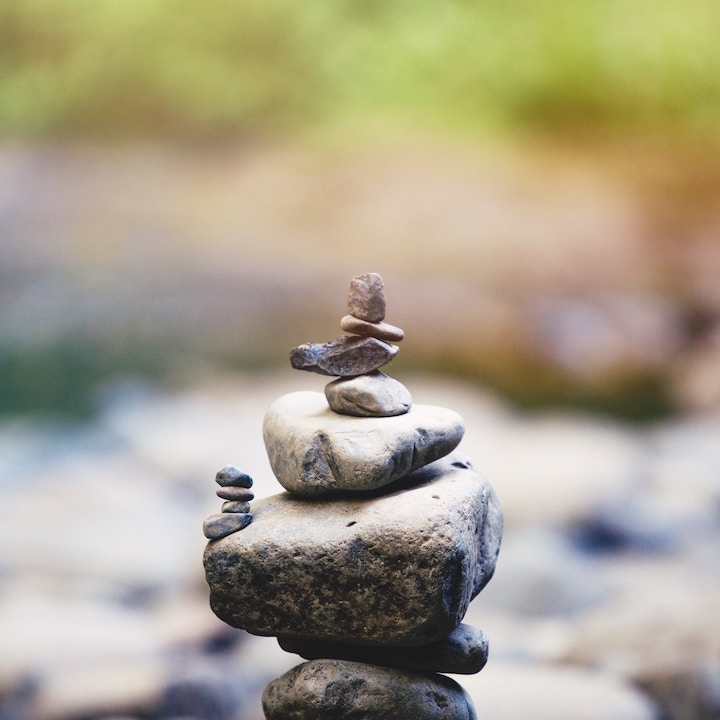
Rather than labelling and resisting our emotions, we can simply let them be, and let them go.
6 Months Later: The Acceptance
I used to feel that I was constantly overwhelmed by life, by too much going on around me. But I realise now that I was simply overwhelmed by my relentless need to achieve external goals, to do things that made me feel ‘worthy’ or valuable enough to society. I was equally overwhelmed by my desperate need to avoid anything that brought fear, usually things that made me feel lesser than others or generally inept. I tried to steer my life in such a way that all my preferences would always be satisfied and my aversions avoided, but rarely did this go to plan. The state of stress ended up having a hugely negative impact on my health.
Too often when we think of attachments we refer to a desire for things, for superficial objects. But as a recovering control addict, I know first-hand how the desire for a ‘perfect life’ can be so much more insidious than that. It could manifest as something as harmless as a vacation plan that I had spent hours organising, or a vision for how I believed a certain meeting should turn out. I was so clear on how I wanted my life to go, but the more attached I became to those creations of my imagination, the more they held me in their clutches. It seemed that the more determined I was to live the best version of my life, the more out of control I felt, and the more miserable I actually became. All the strategies I was employing left me isolated in my own lonely tower, surrounded by a moat of fear, and they took me further and further away from love, from relationships, and from any connection I had to myself.
By learning how to accept and embrace each moment that passes without judgement or resistance, I’ve slowly opened up to seeing and appreciating life for what it truly is. Don’t get me wrong, the voice in my head is definitely still there (and with it exist the fears, insecurities and desires that I’m so accustomed to feeling). But rather than judge them and feel shame for what is essentially a part of being human, I am trying to regard all aspects of myself with compassion. This isn’t just a practice that occurs daily, but moment to moment, as I take each second that passes to be wondrous in itself, rather than speeding through the ‘crap’ ones in order to get to what we believe the ‘good’ ones are.
At the end of the day, what happens around us is always going to be less important than how we relate to it. So, rather than losing ourselves in anxiety about how well we’re performing or how much we’ve achieved, we can focus instead on each moment that passes, knowing that each one is unique in its own way, and will, in time, disappear – just like everything else. We can also look at what is happening inside us, and rather than reacting with fear or shame, choose to regard whatever we find with kindness and compassion. Because if, instead of labelling or resisting our emotions, we can simply let them be, and let them go, then we can make our lives a little bit easier – and one hell of a lot more enjoyable.
Read more: What Kind of Yoga is Right for You?
Image 1 via Getty, Image 2 via Getty, Image 3 via Getty, Image 4 by Austin Neill via Unsplash,


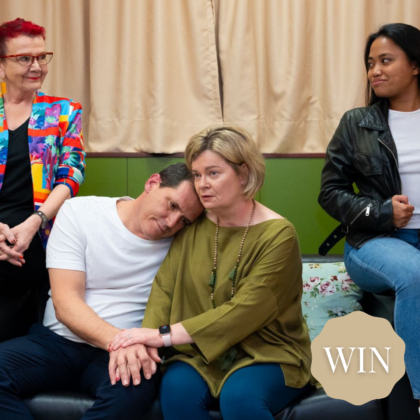
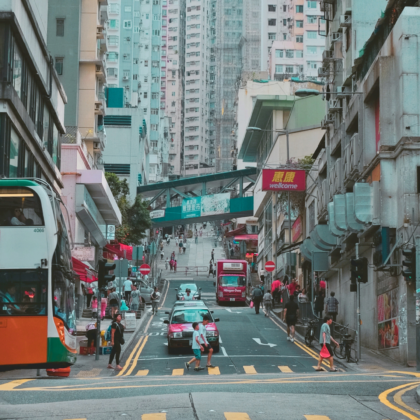
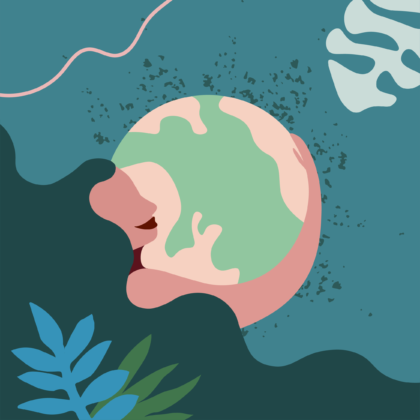
 Eat & Drink
Eat & Drink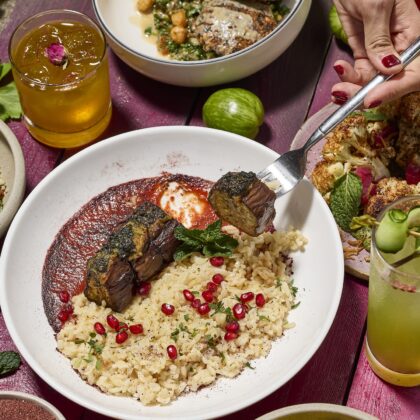


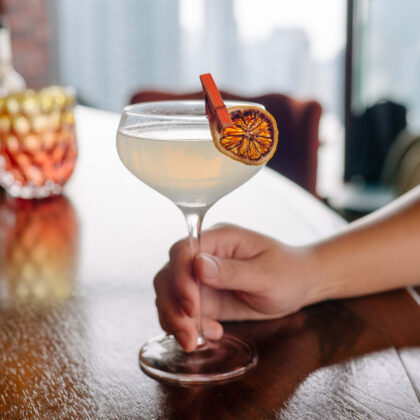
 Travel
Travel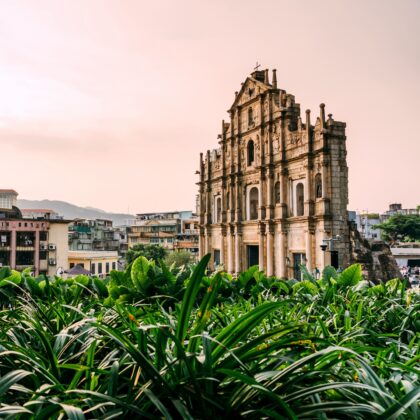
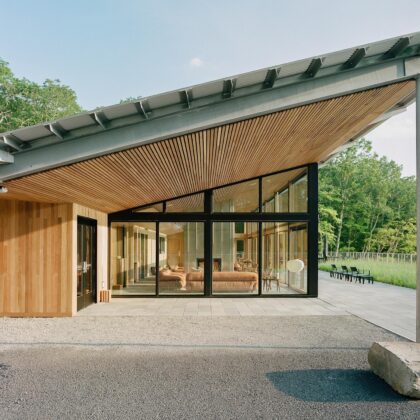
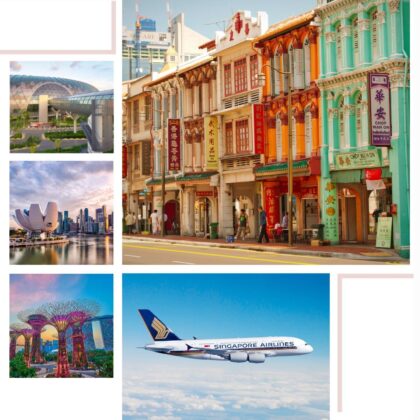
 Style
Style


 Beauty
Beauty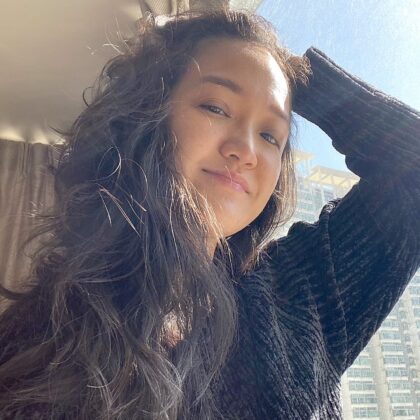

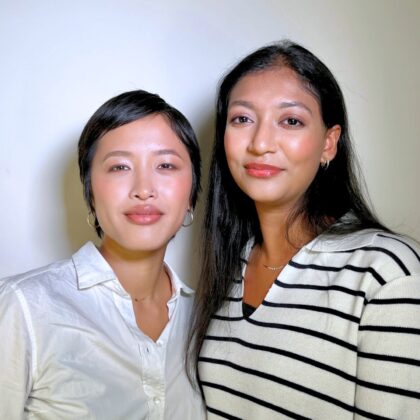
 Health & Wellness
Health & Wellness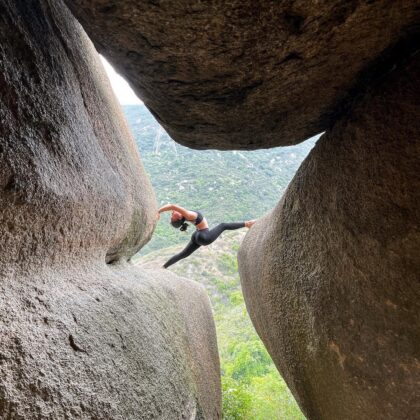
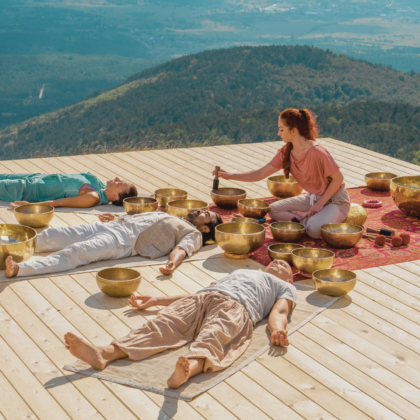

 Home & Decor
Home & Decor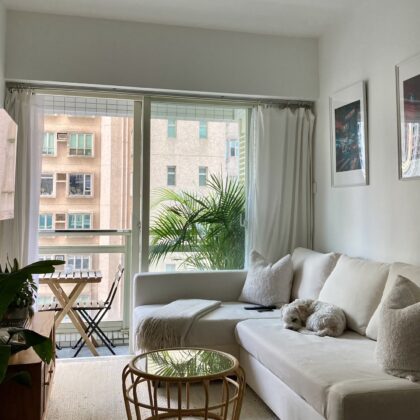

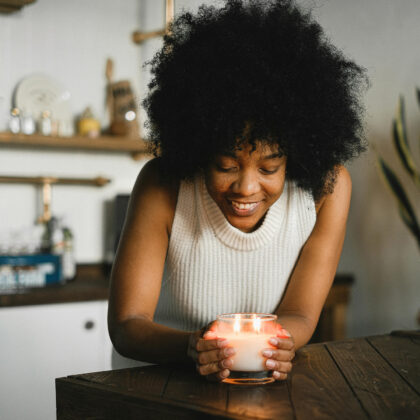

 Lifestyle
Lifestyle
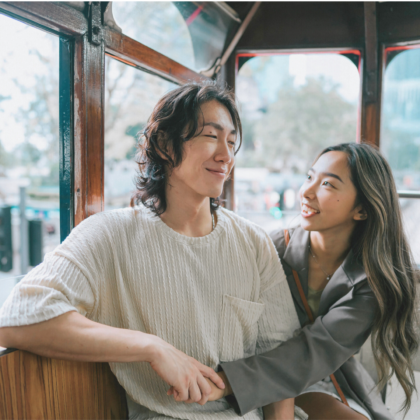
 Weddings
Weddings
